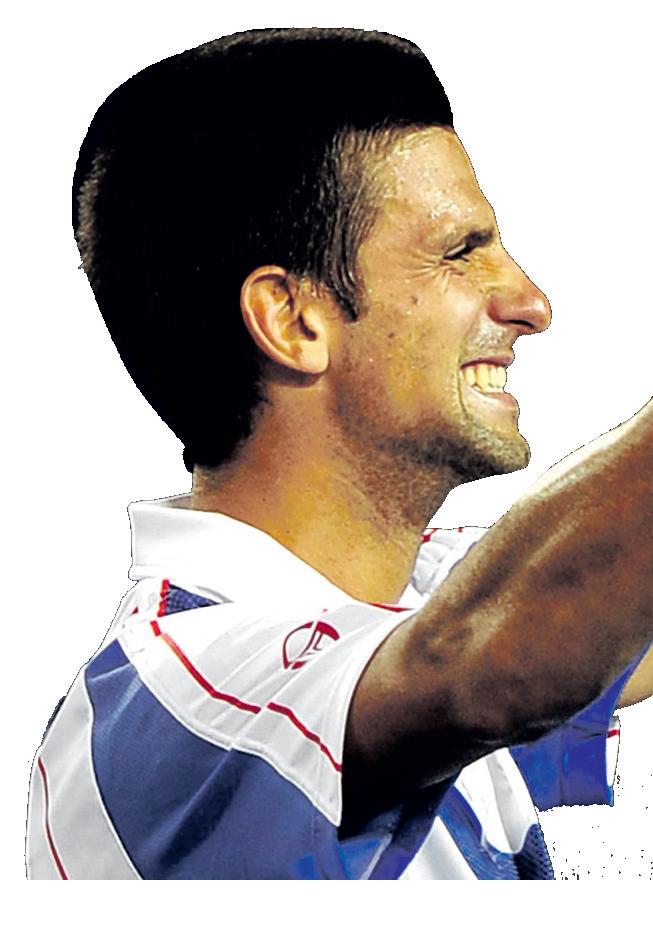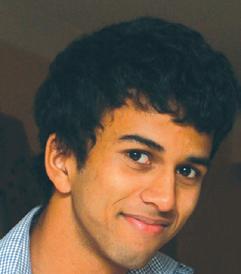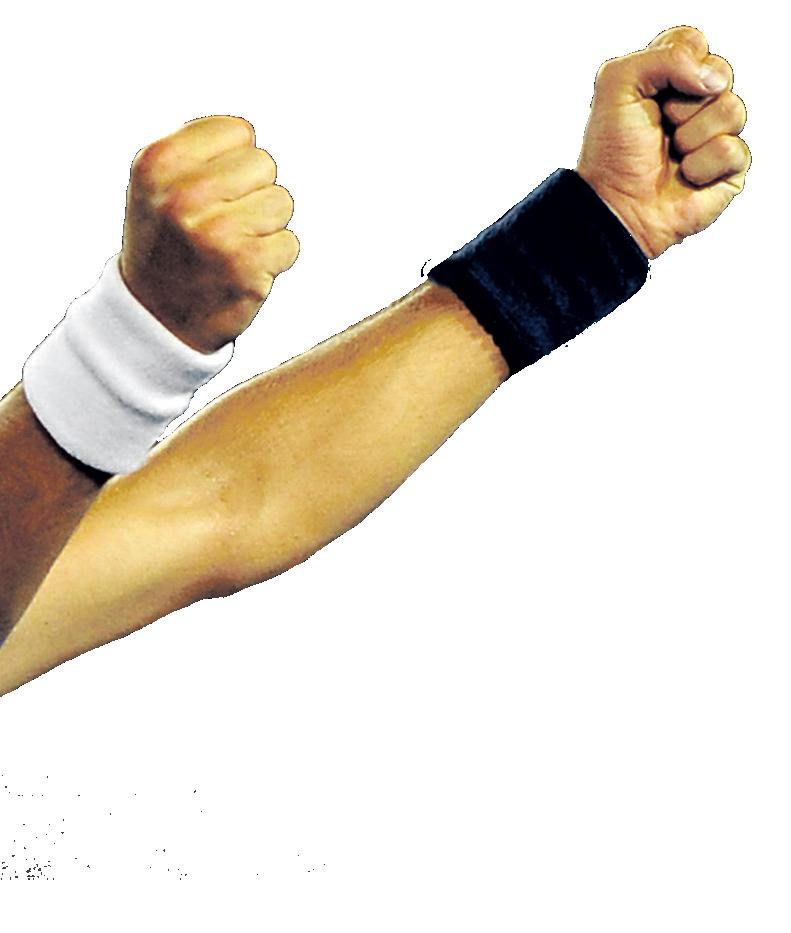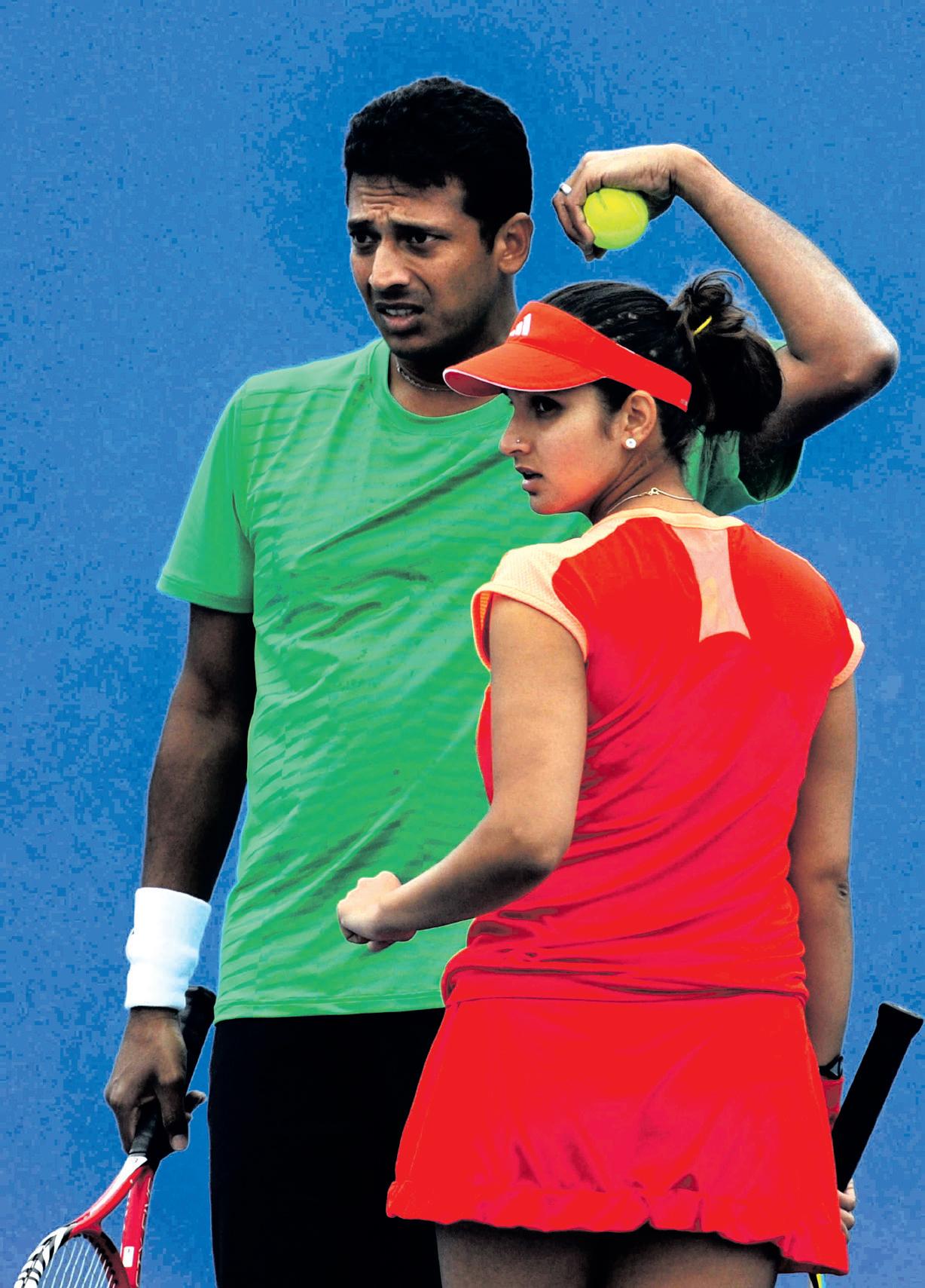
6 minute read
Grit and grunts
from 2012-02 Sydney (1)
by Indian Link
BY RITAM MITRA

At 1.37am on January 30, 2012, two gladiators of the sporting world completed a 5 hour, 53 minute battle that was as much of a war between bodies as it was of their minds. While the physical feats of Rafael Nadal and the 2012 Australian Open champion Novak Djokovic have much to admire about them, and indeed have been revered all over the world, it is perhaps about time we got used to Nadal’s relentless abuse to his body. Meanwhile, Djokovic’s feat of backing up a gruelling 5 set encounter against Andy Murray in the semi-final with a win against the toughest physical challenge in tennis is certainly an absurd one – yet at the end of the day, the 24-year old Serbian is the world number 1 and has already been earmarked for greatness. After his incredible 2011, many had written Djokovic off this year purely because it would have been such a difficult task to match the heights he reached last year, especially given the ATP’s defence-based points system. However, Djokovic has proved the doubters wrong –and we can expect him to do much of the same throughout the year.
The Australian Open this year was the most successful in history. Almost 690,000 passed through the gates over the second fortnight in January, smashing the previous record of 653,000. The crowds were treated to some spectacular moments and superlative tennis, of which we’ve selected the top few to revisit here.
Marcos Baghdatis causes a racquet
Marcos Baghdatis, the Cypriot tennis player and perennial crowd favourite at Melbourne Park, was struggling at 2 sets to love down against 21st seed, Stanislas Wawrinka. What followed during a change of ends in the third set has become a fabled part of Australian Open history, with over 1,000,000 hits on YouTube in less than two weeks! Baghdatis, sitting calmly, began smashing each of the racquets in his possession furiously on the ground, handing them to terrified ballboys following their destruction. For many fans, the best part was his complete disregard for proper racquet-smashing convention –Baghdatis did not even bother unwrapping the majority of them from their plastic packaging. He smashed four in total, and it briefly helped, after he took out the 4th set. However, in the end Baghdatis lost the match and was also fined $1220. One of the destroyed racquets now sits proudly displayed in the office of a company which sponsors him.
The Azarenka/ Sharapova conundrum
Fans throughout the tournament had mocked Victoria Azarenka’s infamous ball-striking wail. During the night sessions especially, a few (perhaps somewhat intoxicated) spectators had taken to mimicking the 22year old Belarusian’s “grunt” during matches, which clearly did not bother her, as she notched up her maiden Grand Slam title and the number 1 ranking. Meanwhile, in the other half of the draw, Maria Sharapova, who made the female shriek famous, seemed to be progressively getting louder – her 3-set encounter with Petra Kvitova in the semi-finals was nothing short of brutal on the ears. Taking nothing away from the wealth of talents both these young (unbelievably, Sharapova is still only 24, having won Wimbledon at the age of 17) women possess, as well as the fantastic tennis they had to play to reach the final, it was somewhat of a worst-case scenario for many spectators who had to endure the dreaded match-up of shriek against squeal. Luckily for fans and for Azarenka, it was a shortlived affair, as she trounced Sharapova in straight sets in almost the same amount of time it took Djokovic and Nadal to complete their first set.
Djokovic backed up a gruelling 5-set encounter against Andy Murray in the semi-final with a win against titles, 3 French Open crowns and a Wimbledon trophy. Their celebrations were immature in the nicest sense of the wordjumping into each other’s arms and running around with gay abandonrather than obnoxious, it was refreshing to see how much this means to the players, especially ones nearing their twilight years.
Li Na and Kim
The 2011 Australian open featured the same pair, and it was a closelyfought affair over three sets. This time around, they met in a quarter final and it was nothing short of dramatic. Li Na was out for revenge after her heartbreaking loss here a year ago, and, holding 4 match points in the second set tiebreak, it seemed but a formality. Clijsters had other ideas. With sheer mental strength and almost reckless courage, Clijsters fought her way back to level the match at a set all and eventually take the match in the final set. During her Mandarin press conference, Li Na was asked how it felt to have lost the match after holding match points. Tears followed, and the Chinese superstar followed their lead and exited the media room without saying another word.
The best versus the best
Nadal-Federer
Nadal and Federer met in a semifinal of a major for the first time since the 2005 French Open, and their 4 set battle was perhaps a somewhat disappointing affair, given their tendencies for 5-set epics. Federer had not beaten Nadal in a major since 2007, and started like a man on a mission, breaking Nadal in his opening game with a vicious backhand winner. However, although he had his moments, the rest of the match was downhill for Federer –and it is tough to see him winning another major with Djokovic, Murray and Nadal in the kind of form they are in. Nadal was nothing short of ruthless.
Djokovic-Murray
Meanwhile, Djokovic and Murray held their own epic in the second semi-final. Murray, leading 2 sets to 1, looked set to send the Serbian home as Djokovic struggled with breathing difficulties and fatigue as Murray ran him all around the court. What then happened was inexcusable on Murray’s behalf – he capitulated 6-1 in the fourth set, not even putting up a fight to hold a crucial service game at 5-1 that would have seen him at least serving first in the decider. He was eventually broken at 5-6 in an almost 5-hour semi-final.
Djokovic-Nadal
If Djokovic thought that was tough, he was under no illusions as to the challenge that awaited him against Nadal. Although their previous 6 meetings have all been in finals and all went Djokovic’s way, it was a new year and a reinvigorated, motivated
The duo took out the favoured Bryan brothers in a surprisingly one-sided final
Clockwise: Djokovic:

It’s over: Novak Djokovic braved a 6-hour assault from Rafael Nadal to claim the title
Mixed doubles: Not so easy this time: 2009 Mixed Doubles champions Mahesh Bhupathi and Sania Mirza were bundled out in straight sets in their semi-final

Paes/Stepanek:
Master and Apprentice: Leander Paes completed a Career Grand Slam, while Radek Stepanek won his maiden Grand Slam
The semi-finals and finals, particularly of the men’s section this year, can lay claim to being the best series ever. The women’s semi-finals both went to three sets, and yet did not hold as much of the drama that accompanied their male counterparts. Azarenka’s defeat of Clijsters was lopsided in the final set, 6-3, while Sharapova’s Wimbledon 2011 final rematch against second seed Petra Kvitova was an error-prone affair, with the Russian sending down 10 double faults, but somehow holding on to break Kvitova’s serve at 4-5 in the final set.
However, the men’s side was a different story. The top four were once again through to the final four of the Australian Open, marking only the third time this has happened at the Australian open, the last occasions in 1988 and 2005, the 14th overall since the Open era began in 1968, but also the third time in the last four majors – and it is the same four players again. Djokovic, Nadal, Federer, Murray. This is a ridiculous statistic, given how physical the game is these days and how taxing the tour is on the players.
Nadal who had spoken about his intention to play a more aggressive brand of tennis.
It was labelled by many as the greatest match of all time, and certainly in terms of the physical endurance that both men displayed, it was. Neither called for the trainer during the almost 6-hour marathon, and there was almost no sign of fatigue in their shot-making itself – Nadal equalled his fastest serve of the match deep into the 5th set, while Djokovic was still hitting 155km/ hr winners in the final set. It lacked the variety and brilliance of a Federer-Nadal 2008 Wimbledon final, due simply to the fact that both these players were playing such a similar style of tennis. This was a match of baseline rallies that were at times tiring to watch, of spectacular retrieving and outrageously clean hitting, and although as many point out, the unforced error count for both was higher than their corresponding winners. However, this is a misleading statistic –many of the errors came on the back of 20-30 shot rallies as both players struggled to hit through the other.
In the end, both labelled it as their toughest match ever, with Nadal conceding he was as tired as he had ever been after a match. Djokovic now has to be at least an outside chance of claiming a true Grand Slam – he may well have had one last year if he had not run into a rampaging Roger Federer in the French Open semi-finals. There is another chance for him to create history, however – this is an Olympic year. Don’t count him out – it could well be 5 from 5 for Novak Djokovic this year.










